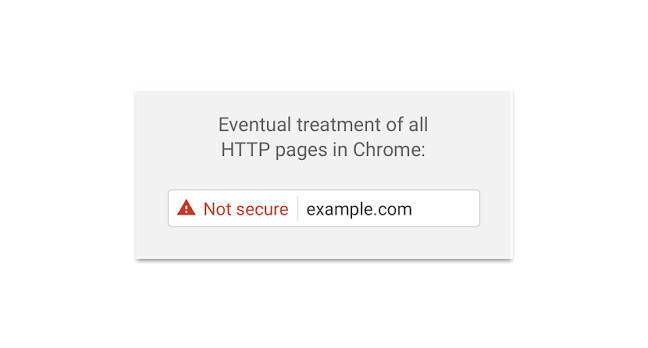The end of an era
It was with more than a little sadness we heard on Wednesday of the decision to stop publishing The Gloucestershire Echo and Gloucester Citizen as daily newspapers and instead to publish them as a weekly paper. Now to put this into context I am of a generation that I still recall as a child rushing […]

